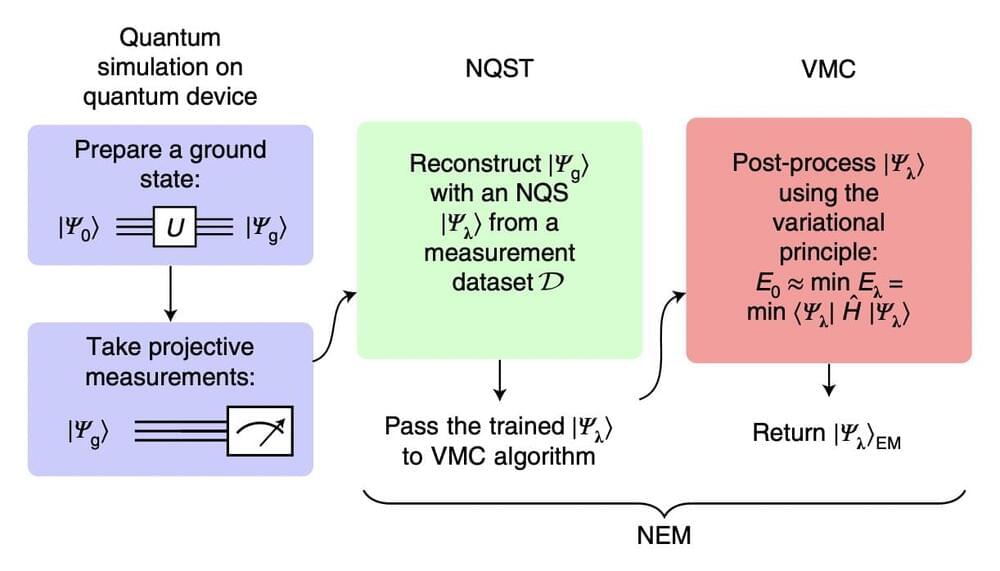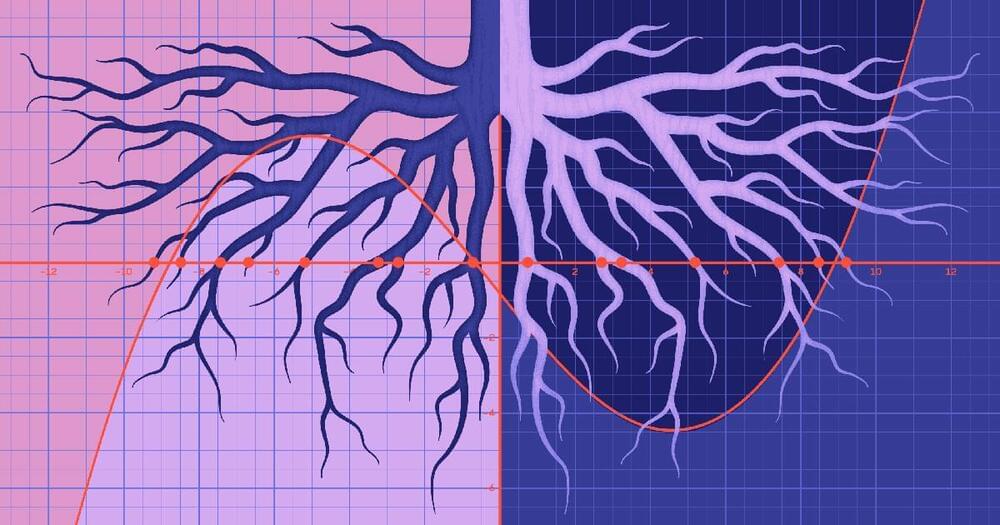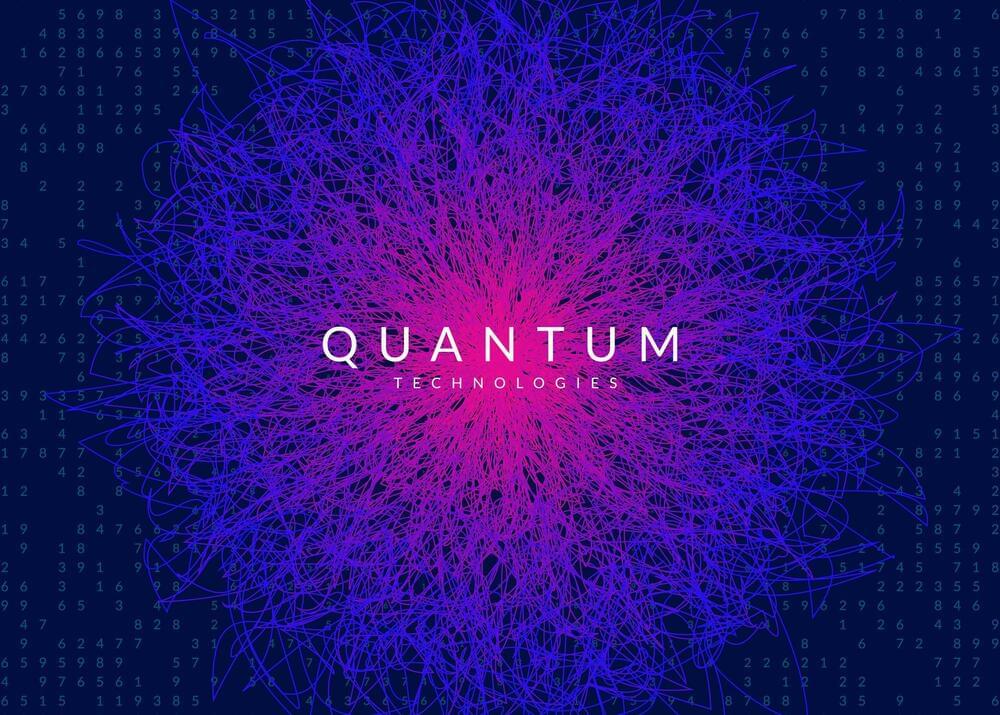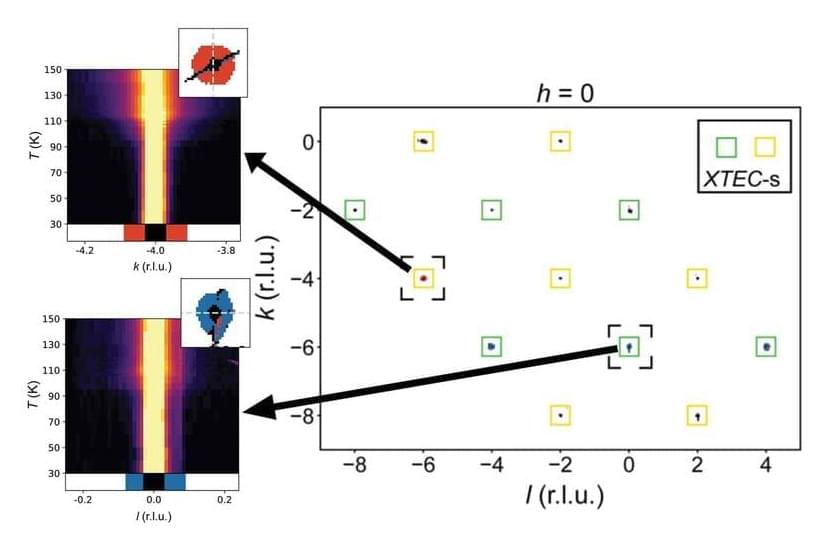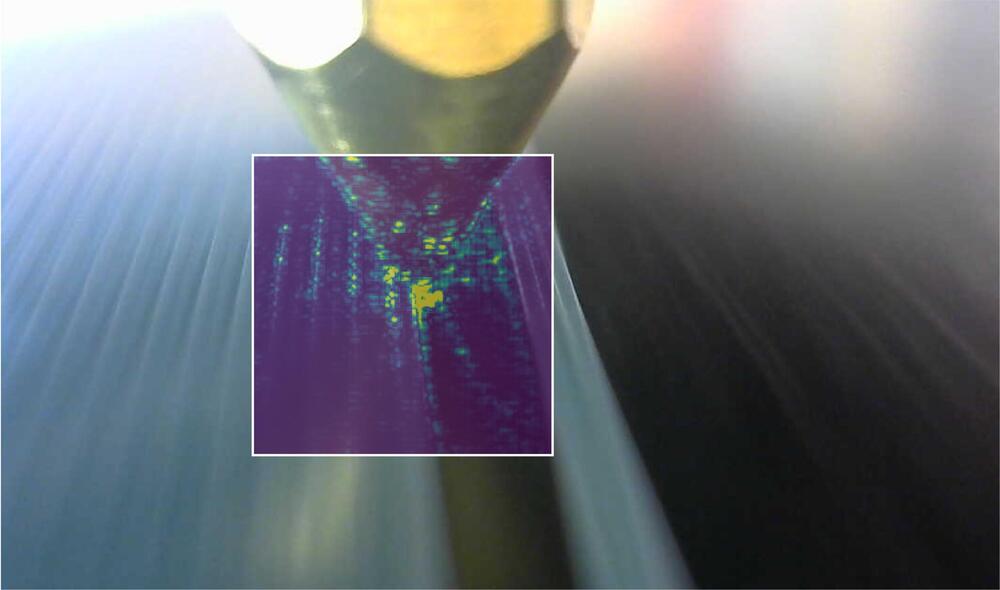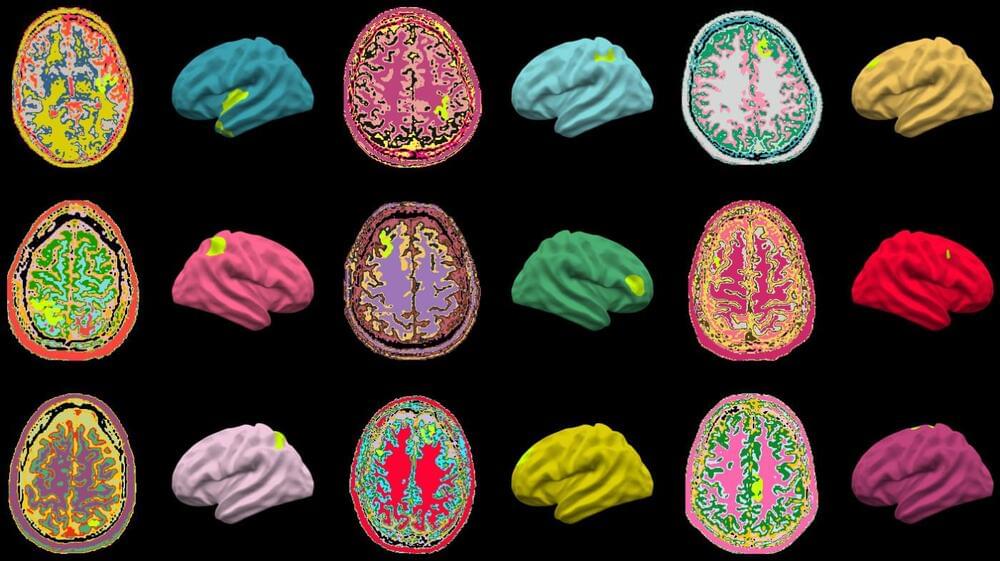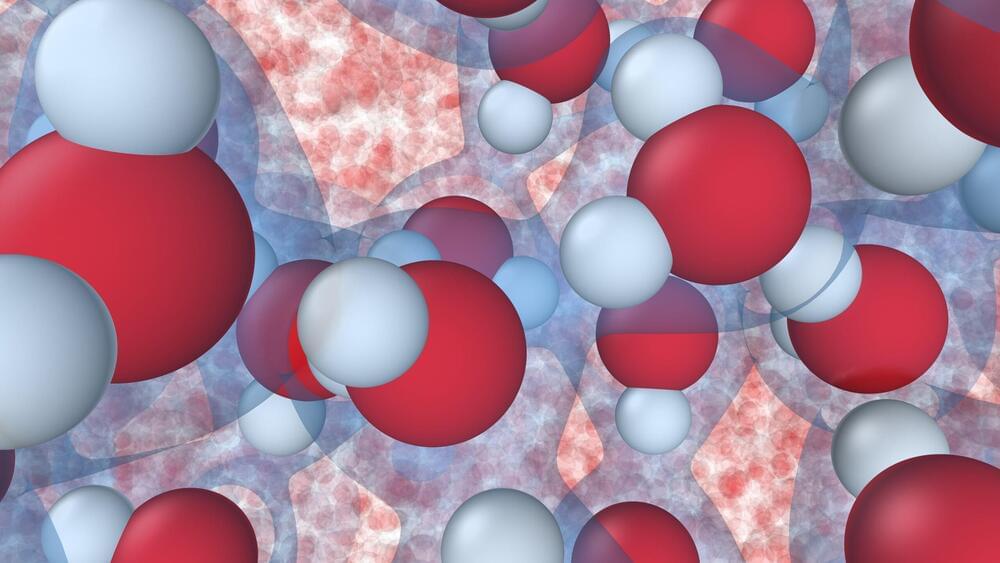Aug 22, 2022
A neural network–based strategy to enhance near-term quantum simulations
Posted by Wise Technology in categories: chemistry, information science, quantum physics, robotics/AI
Near-term quantum computers, quantum computers developed today or in the near future, could help to tackle some problems more effectively than classical computers. One potential application for these computers could be in physics, chemistry and materials science, to perform quantum simulations and determine the ground states of quantum systems.
Some quantum computers developed over the past few years have proved to be fairly effective at running quantum simulations. However, near-term quantum computing approaches are still limited by existing hardware components and by the adverse effects of background noise.
Researchers at 1QB Information Technologies (1QBit), University of Waterloo and the Perimeter Institute for Theoretical Physics have recently developed neural error mitigation, a new strategy that could improve ground state estimates attained using quantum simulations. This strategy, introduced in a paper published in Nature Machine Intelligence, is based on machine-learning algorithms.
